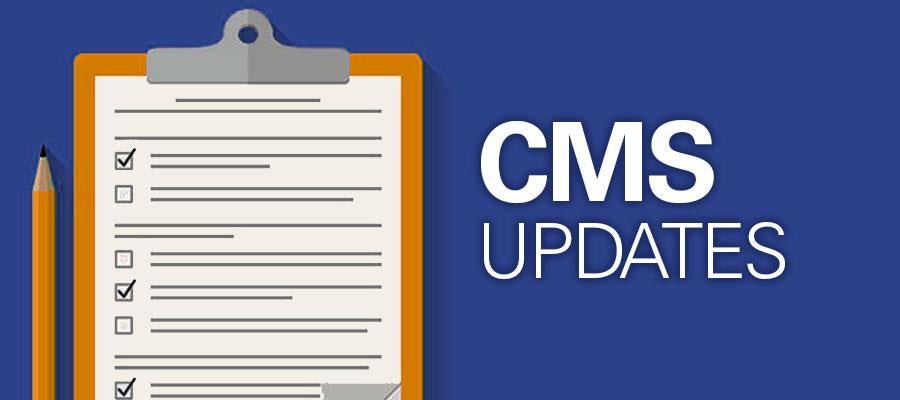CMS announces participants in Enhanced Oncology Model

Sixty-seven oncology physician group practices in 37 states will participate in the Enhanced Oncology Model, a voluntary five-year payment model that will begin July 1 for beneficiaries who receive systemic chemotherapy, the Centers for Medicare & Medicaid Services announced yesterday. The Center for Medicare and Medicaid Innovation model supports the administration’s moonshot goal to reduce cancer death rates by 50% over the next 25 years. Participating practices must provide 24/7 access to care, patient navigation and care planning; use certified electronic health record technology, evidence-based guidelines, electronic patient reported outcomes and data to improve quality; and must also screen for health-related social needs. The model will qualify as an alternative payment model under the Quality Payment Program’s Merit-based Incentive Payment System beginning in July. It offers two levels of downside risk, with the higher risk arrangement excluded from MIPS reporting requirements and payment adjustments as an Advanced APM. For more, see the model’s updated fact sheet.

